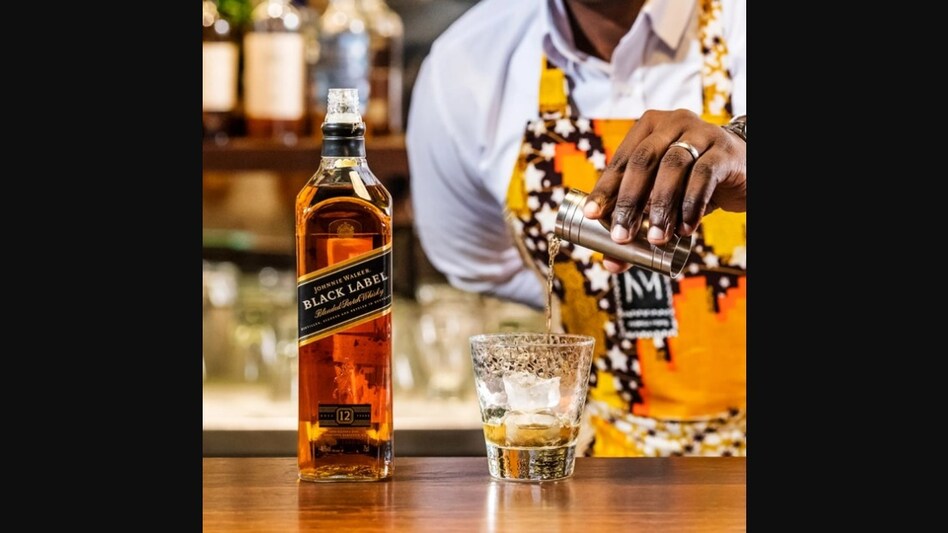 Diageo India's premiumisation and innovation plans
Diageo India's premiumisation and innovation plans Diageo India's premiumisation and innovation plans
Diageo India's premiumisation and innovation plansIn 2014, the UK-based alcobev major, Diageo gained control of United Spirits, then owned by the flamboyant Vijay Mallya. While the potential in the Indian market for spirits was never in doubt, the company was beset with problems starting with it being in the red and high on debt. Cleaning up the financials and getting it on track was top priority. Today, the new look Diageo India (the stock still goes by the name of United Spirits) has recovered smartly, with premiumisation and innovation being key focus areas.
In a detailed interview with BT, Diageo India’s MD & CEO, Hina Nagarajan opened up on the strategy, the way forward and why India is so critical to the parent. “Though Diageo acquired United Spirits in 2014, we spent a large part of our time till 2021 resolving legacy issues,” she said. In terms of business, the overall growth of the market was 3-4% each year. “The interesting piece was the premium end was growing at 7-8%. In that sense, the mandate was very clearly laid out—bring in top line growth and leverage the premiumisation in the market to dial up that growth for more profitability,” pointed out Nagarajan.
Right after she took charge in mid-2021, a new strategy with three pillars was formulated. “The first was to reshape our portfolio to deliver that double-digit growth and leverage the clear opportunity in premiumisation. The second part was to build an organisation of the future,” she said. The last part was to be the most inclusive company.
According to her, the top line target has been delivered and the premium end has doubled its historical growth. “In 2022, we turned debt-free and wiped out our losses. Last year, we wiped out our cumulative losses and declared a dividend for the first time.” Investors appear to have grasped all of this, with market capitalisation from Rs 46,000 crore when Nagarajan took over to over Rs 1.15 lakh crore.
One of the big decisions taken was to exit the popular brands portfolio and that set up the base for a greater thrust on premiumisation. That meant 32 brands were divested and that included Old Tavern, Haywards, Green Label, White Mischief, Honey Bee, and Romanov. In liquor, popular, prestige, premium and luxury categories are derived from price points. “Some of the brands were flat or even declining, and we had to look at the future of the overall business,” explains Nagarajan. That deal was struck in September 2022 apart from 11 more brands franchised for five years.
While taking the road to premiumisation, Diageo retained McDowell’s brandy, rum and DSP Black, which she terms “the first bridge from popular”. Abhijeet Kundu, Senior Vice President of Research at Antique Stock Broking, thinks a combination of inflation and regulation on product pricing makes the mass segment a difficult business. “The effort you put in is never commensurate with the margins. The company’s profitability took off after the deal, and they clearly made the right decision.” Though overall volumes declined from 72.5 million cases in FY23 to 61.4 million cases in FY24, dragging down revenues for a while but simultaneously pushed up net profit margins steadily (up 50% between FY22 and FY24).
The innovation piece was through the launch of variants such as Royal Challenge American Pride when a preference for easy drinking was noticed. In the prestige category under McDowell’s X series, it has unveiled rum, gin and vodka. “From a headquarters point of view, they are super-excited about the India story, with McDowell’s No. 1 whisky going out to more than 20 countries. Globally, some of the trends are most interesting like the large number of people drinking tequila. We could never imagine that in a post-Covid world, tequila would become as big as scotch in North America,” says Nagarajan.